Easily accessible from Turin, Milan and Pisa, Genoa, is an excellent place to stop for a few days at the beginning or end of a tour. The capital of Liguria is situated between the sea and the Apennine mountains at the centre of the Italian Riviera, with the Maritime Alps just a few hours away and amidst a string of lovely seaside towns, all linked by a coastal railway line. To the east, Sestri Levante, Camogli and elegant porticoed Chiavari, as well as Rapallo, Santa Margherita and Portofino; to the west, captivating Celle Ligure with its lovely beaches and seafront parade of pastel-hued buildings.
Understated, scruffy in places and largely overlooked by tourists, Genoa remains slightly under the radar compared with many of Italy’s cities but this only adds to its appeal. As part of the Milan-Turin-Genoa industrial triangle, it’s a living working city – but with the added charm of the sea and a fascinating maritime history.
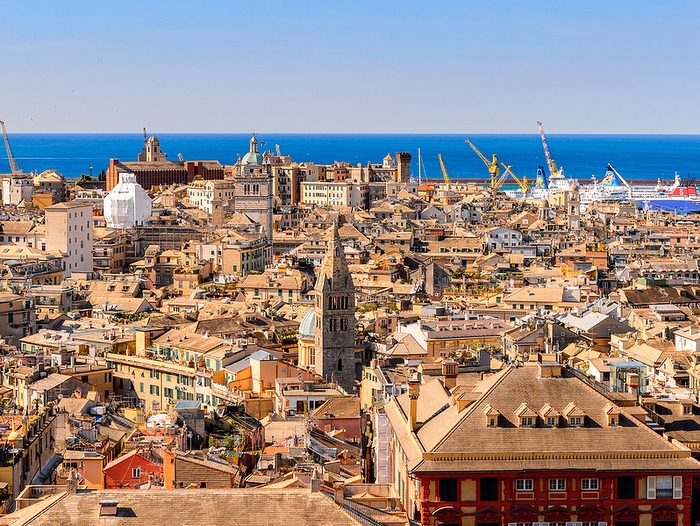
Why visit Genoa?
You won’t find the big attractions of some Italian cities but there’s easily enough to fill a few days and the city is certainly appealing for true Italophiles seeking a more authentic experience. The Genoese are extremely warm and welcoming and known for their straightforwardness: don’t be misled by the city’s nickname of La Superba (the Proud One) which refers to the city’s glorious past as a formidable rival to Venice.

The main attractions of Genoa’s historic centre
The city’s extensive medieval historic centre, a maze of alleys and hidden squares, is characterised by strikingly elegant residences and palazzi that date back to the 14th century when they were home to the city’s wealthy merchant and banking families. Top sights include:
The Palazzi dei Rolli (UNESCO): several of these lavish 16th and 17th century palaces are set on the Via Garibaldi (or Via Strada Nuova).
The Duomo of San Lorenzo, with its 14th century Gothic façade and ceiling frescoes.
Porto Antico: Genoa’s historic port offers a kaleidoscope of modern and ancient sights, with skyscrapers and elevated flyovers framing frescoed palazzi that look out over the waterfront.
Prepare to get lost in the ‘caruggi’, the maze of narrow lanes and alleyways where boutiques, food shops and cafes inhabit Renaissance palazzos.
Galata Museo del Mare. Visit the maritime museum to explore Genoa’s maritime history and the Aquarium.
Renzo Piano’s Biosphere, a glass and steel sphere housing a tropical garden, and panoramic lift, form part of the waterfront scene.
Other attractions include the Ducal Palace (now a cultural space), the Royal Palace, the Villa del Principe and Christopher Columbus’ House.
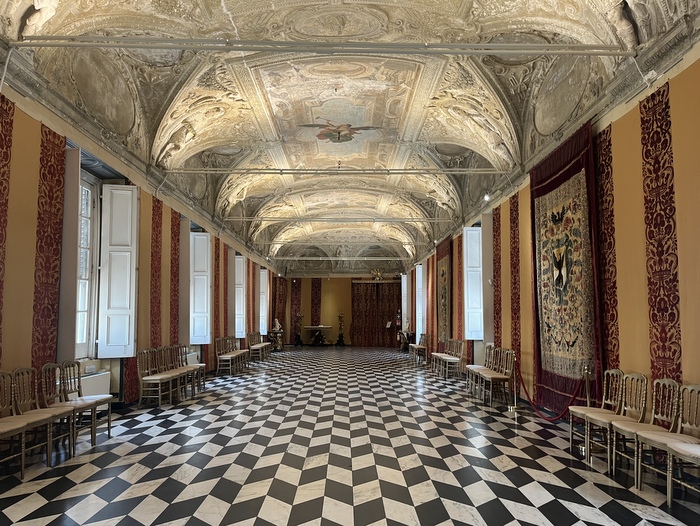
Genoa’s heady highlights
Take time to explore beyond the city centre. The city extends high up a hillside punctuated by steep staircases and alleyways that weave their way through towering palazzi and apartment buildings. This is where you’ll find some of the best bits of Genoa, viewpoints where you can gaze over the rooftops and really get to appreciate the truly multi-faceted nature of the city and port. Fortunately, several lifts and funiculars are available if you don’t fancy the climb.
Castello d’Albertis – this must-see historical residence opens the doors on the life and travels of Captain Enrico Alberto d’Albertis, a renowned navigator, writer and collector. The castle and its views are extraordinary, the collections even more so.
For the best views of Genoa, climb the steep path – or take the art nouveau public lift at Piazza Portello – to the Spianata Castelletto. Go at sunset and enjoy an Aperol Spritz at one of the bars as the sun drops over the city’s rooftops.
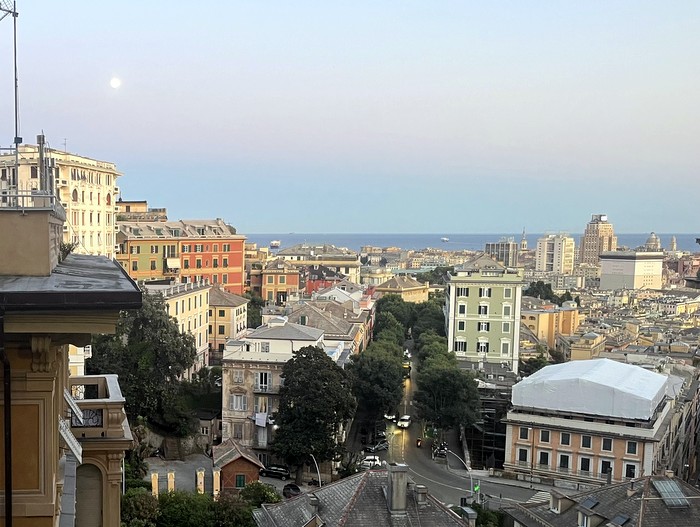
Eating and drinking in Genoa
Genoese cuisine is a wonderful blend of ingredients from the land and sea. Make your first stop the MOG, the Mercato Orientale Genova where you’ll find a main floor packed with traditional market stalls selling everyday local produce. The upper floor, a modern dining area with international and traditional Ligurian food stands, is a good place for a lunch stop.
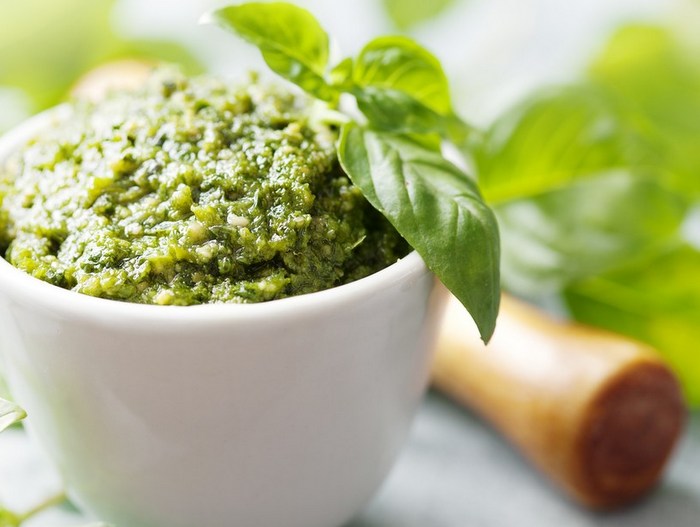
What to order
Pesto, of course, is king, often served with trofie and potatoes. Other pasta dishes include pansoti, a triangular shaped pasta parcel, usually served with a walnut sauce; and lasagne which, unique to Genoa, often includes pesto rather than a meat-based layer.
Focaccia alla Genoese, plain or with onion, cheese or rosemary, is served at restaurants and bakeries. Foccaccia al formaggio (IGP), where a layer of creamy Stracchino cheese oozes out from between thin layers of focaccia, originates from nearby Recco.
Subtly flavoured vegetable tarts, filled with chard, onion and artichoke, and farinata a thin, crispy pancake made from chickpea flour, are local street foods.
Fish and seafood are popular, including fried squid and anchovies.
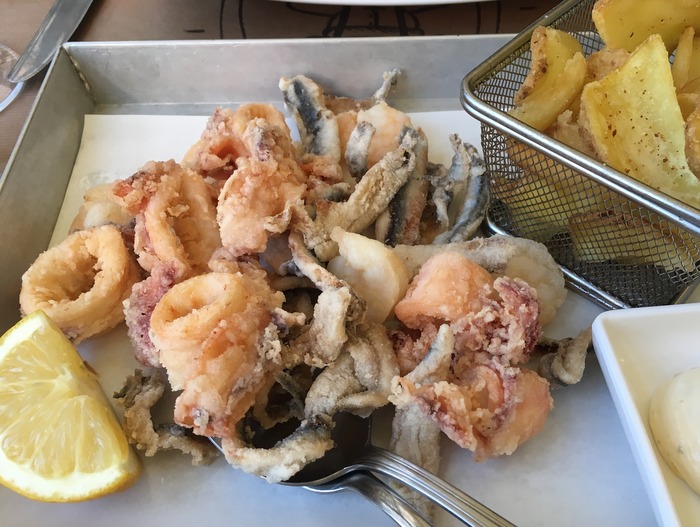
Enjoy a slice of crostata with your morning coffee. Alternatively, Pandolce is the Genoese equivalent of panettone, but happily, available all year round!
Top local white wines include Vermentino which goes beautifully with seafood dishes and pesto, and Pigato. Top red wines include Ormeasco (the Ligurian name for Dolcetto) and Rossese di Dolceacqua.
Top tip: for a traditional – even if pricier than the norm – coffee experience, stroll up from the main Piazza Ferrari to Piazza Corvetto to drool at the window displays at Caffè Mangini, established in 1876, and enjoy a cappuccino and cornetto as the world rushes by. In keeping with its traditional outlook, the café accepts cash only.
Hiking and outdoor activities around Genoa
The hills around Genoa are surrounded by several trails linking a series of forts – Sperone, Puin, and Diamante – some better preserved than others. Trails range from about 10-15km.
For a more leisurely stroll, hop on a train from Brignole station to Genova Nervi. A paved seafront promenade, the Passeggiata Anita Garibaldi, offers spectacular sea views and access to the Nervi parks and art museums. Once you reach the end of the promenade, turn up to the road and continue on to the delightful village of Bogliasco (around 2.5km).
Choose from some wonderful hikes from the villages of Chiavari, Sestri Levante and Camogli where the ancient path to San Rocco leads to a number of trails within the Portofino National Park. Self-guided walking is also available in the Cinque Terre.
Getting to and travelling around Genoa
Genoa is well connected with most main Italian cities by Trenitalia. The fastest train journey from Milan and Turin is 1 hr 35 mins, from Rome, 4 hrs 30 mins, and from Florence, 2 hrs and 30 mins. The two main stations in Genoa are Piazza Principle and Brignole.
For those travelling by air, Genoa Cristoforo Colombo is the only major airport in the city and a quick 15-20 minute transfer to the city centre by taxi. Visitors from the UK can travel directly with Ryanair from London Stansted. Flights from the US and Australia require one or more layovers although it is possible to fly to Milan and take a train to Genoa.
Travelling in and around Genoa is easy by public transport (bus, metro, lifts) or on foot. The train network along the coast is easy to use and provides wonderful views. We don’t recommend driving in Genoa, not least because of the shortage of public parking.

A short stay in Genoa can easily be added to any of the following tours:
Parma, Tuscany and the Ligurian Sea (ends in Pisa)
Lucca, Volterra and the Island of Elba (ends in Pisa)
The Jewels of Piedmont (starts/ends in Turin)
France and the Maritime Alps (ends in Turin)
Best of the Italian Alps (starts/ends in Turin).
